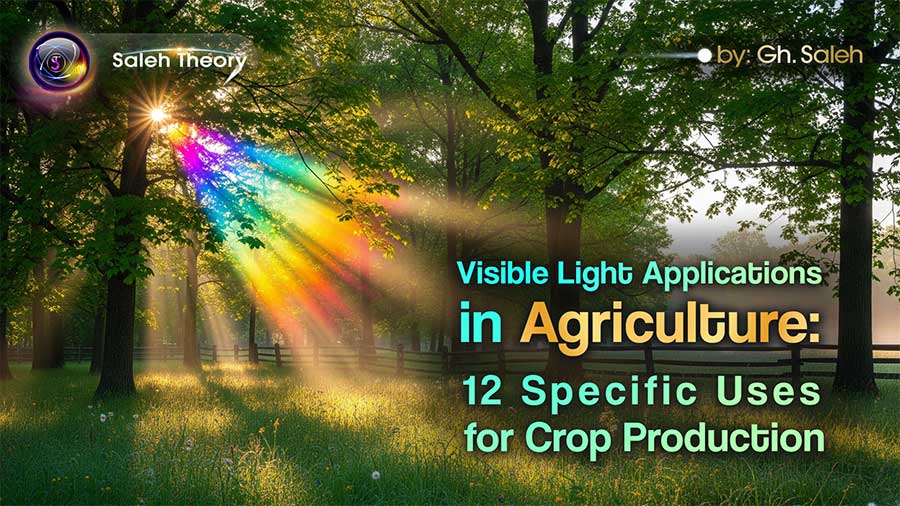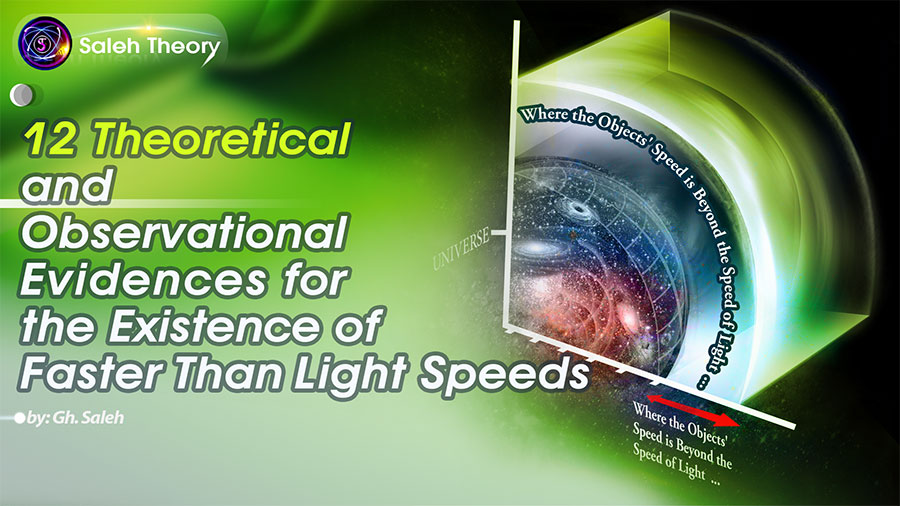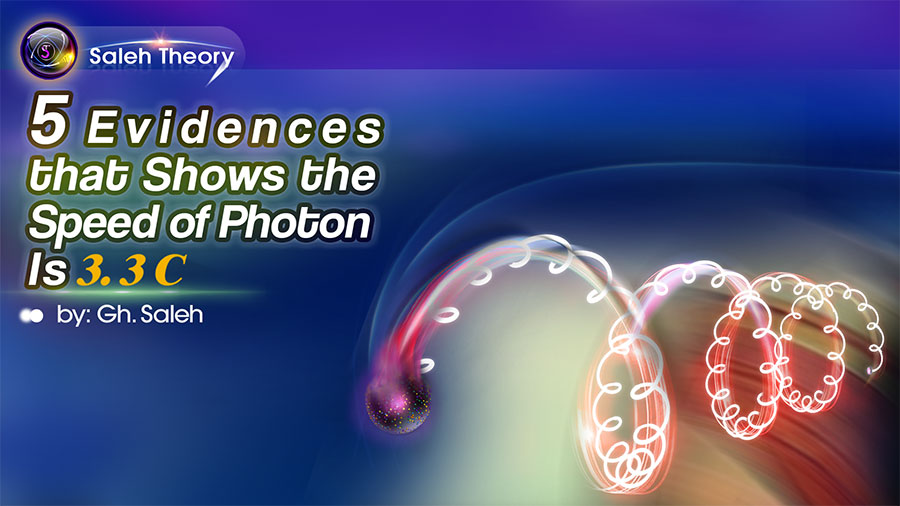
Visible Light Applications in Agriculture: 12 Specific Uses for Crop Production
Plants need a steady energy source for growth, primarily obtained from light. Light plays a vital role in shaping plants' physiological, morphological, and biochemical traits through its three main aspects: intensity, quality, and duration. Although light is not the only factor in photosynthesis, it acts as an essential signal regulating various stages of plant growth, from germination to flowering.
Plants respond differently to light depending on the types of pigments involved, especially photosynthetic and accessory pigments that respond to different light spectra. In modern greenhouse farming, grow lights are commonly used to optimise plant development conditions. Among these, light-emitting diodes (LEDs) have gained notable attention because of their benefits, including longer lifespan, ability to produce specific wavelengths, low energy use, and flexibility to adjust both light intensity and spectrum according to plant needs.
This study, conducted by the Saleh Research Group, aimed to assess the effects of various light treatments on different plant growth processes. The findings showed that white fluorescent light is especially effective in promoting flowering, while a combination of yellow, white, and red light improves fruit production in greenhouse settings. Yellow light was particularly effective for vegetative growth, enhancing leaf and stem development. Similarly, yellow light was beneficial for ornamental plant growth. For root crops, a mixture of yellow and white light produced positive outcomes, and for breeding and cultivating beans, yellow light was deemed the most appropriate. Below are 12 ways light can be utilised in agriculture:
1. Increased plant growth
Light directly affects cell elongation and division, promoting overall biomass accumulation. Proper light quality and intensity accelerate the plant’s ability to grow taller, stronger, and healthier.
2. Aiding photosynthesis
Light is the primary energy source for photosynthesis, the process through which plants convert light energy into chemical energy. Tailored light spectra can enhance the efficiency of this process, boosting plant productivity.
3. Controlling flowering time
By manipulating photoperiods and light wavelengths, growers can trigger early or delayed flowering. This control is essential in synchronising blooming cycles for commercial production.
4. Improved crop quality
Different light spectrums influence pigmentation, sugar content, and texture. Targeted lighting can result in better flavour, appearance, and nutritional value in crops.
5. Stimulating seed germination
Light quality and duration can significantly impact germination rates and seedling vigour. Specific wavelengths help break seed dormancy and initiate sprouting.
6. Pest and disease control
Certain wavelengths deter insect pests or inhibit the development of pathogens. UV and blue light, for instance, have been found to reduce fungal growth and insect activity.
7. Optimising greenhouse conditions
LED grow lights enable precise control over light cycles and intensity. This ensures plants receive consistent lighting regardless of seasonal or weather conditions.
8. Producing plants in enclosed environments
Vertical farms and plant factories rely entirely on artificial lighting. LEDs allow crop production in environments with no natural sunlight, such as urban or underground spaces.
9. Regulating plant circadian rhythms
Plants have internal clocks influenced by light cycles. Proper light scheduling maintains their natural rhythms, optimising functions like nutrient uptake and hormone regulation.
10. Increased secondary metabolite production
Light manipulation can boost the production of compounds like antioxidants, flavonoids, and essential oils. These are important for plant defence and enhance the commercial value of crops.
11. Use of artificial lighting in the arctic and antarctic regions
In polar regions like the Arctic and Antarctic, extended periods of darkness during winter months make natural sunlight unavailable for plant growth. To overcome this challenge, artificial lighting—particularly LED grow lights—is used in controlled environments such as research stations and indoor farms. These lights provide specific wavelengths that mimic natural sunlight, enabling year-round cultivation of vegetables, herbs, and other crops even in extreme conditions.
12. Ideal temperature ranges for different plant species
Each plant species has a specific temperature range in which it thrives. Maintaining optimal temperature is essential for photosynthesis, nutrient uptake, and overall development.
References:
[1] Wu, Wenyuan, et al. "The role of light in regulating plant growth, development and sugar metabolism:
A review." Frontiers in Plant Science 15 (2025): 1507628.
[2] Lozano-Castellanos, Luisa F., et al. "Technologies Applied to Artificial Lighting in Indoor Agriculture: A Review." Sustainability 17.7 (2025): 3196.
 Download PDF
Download PDF 

